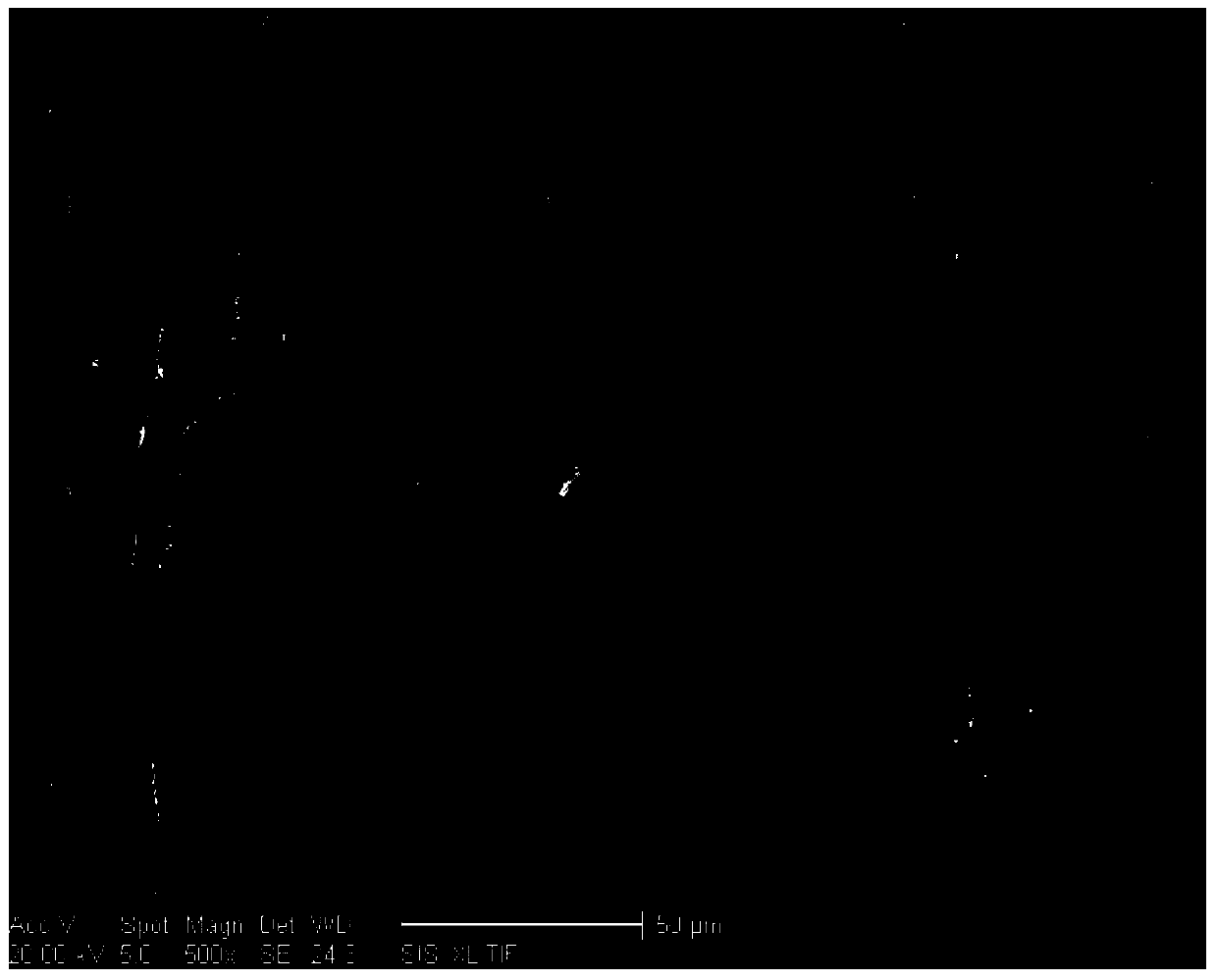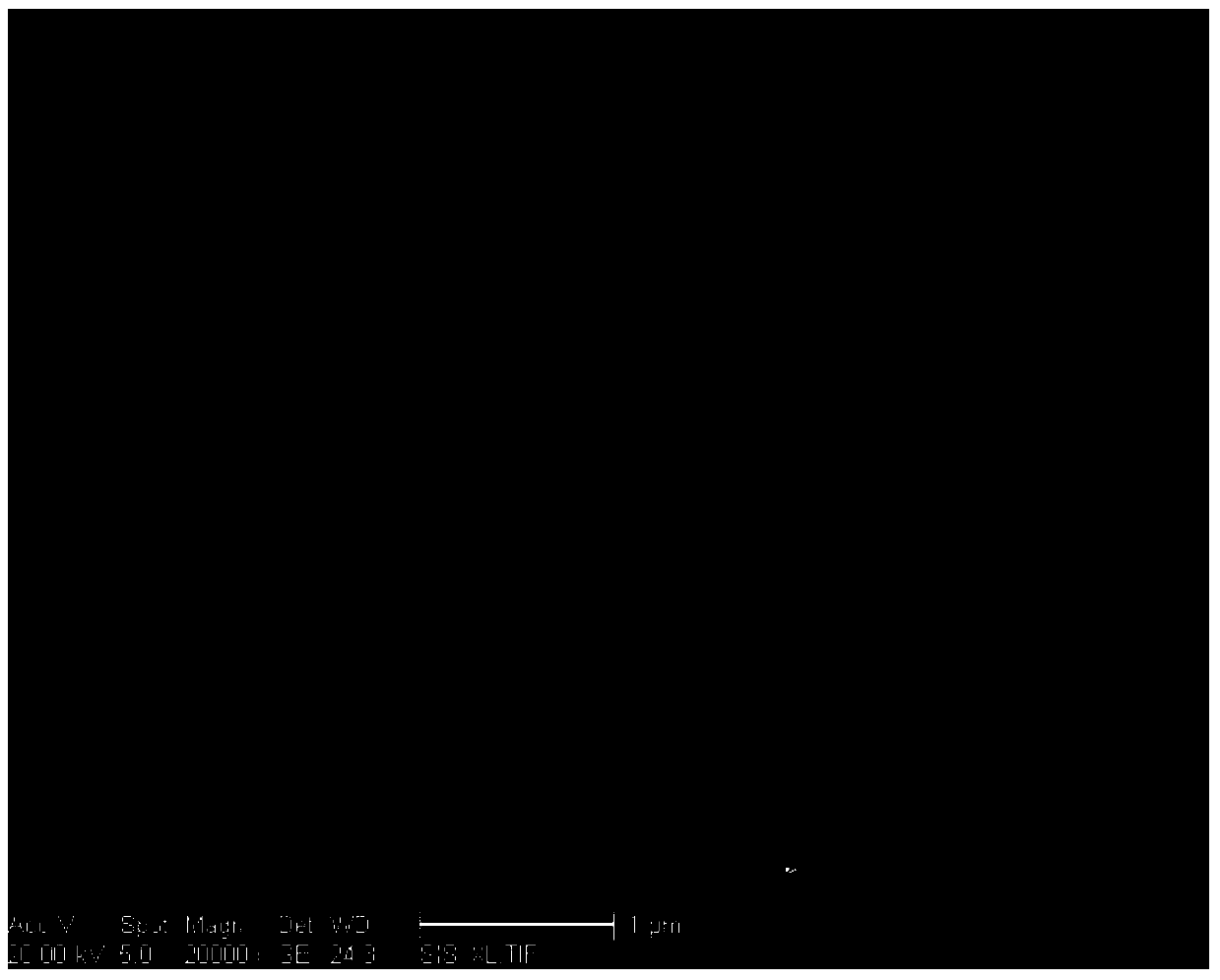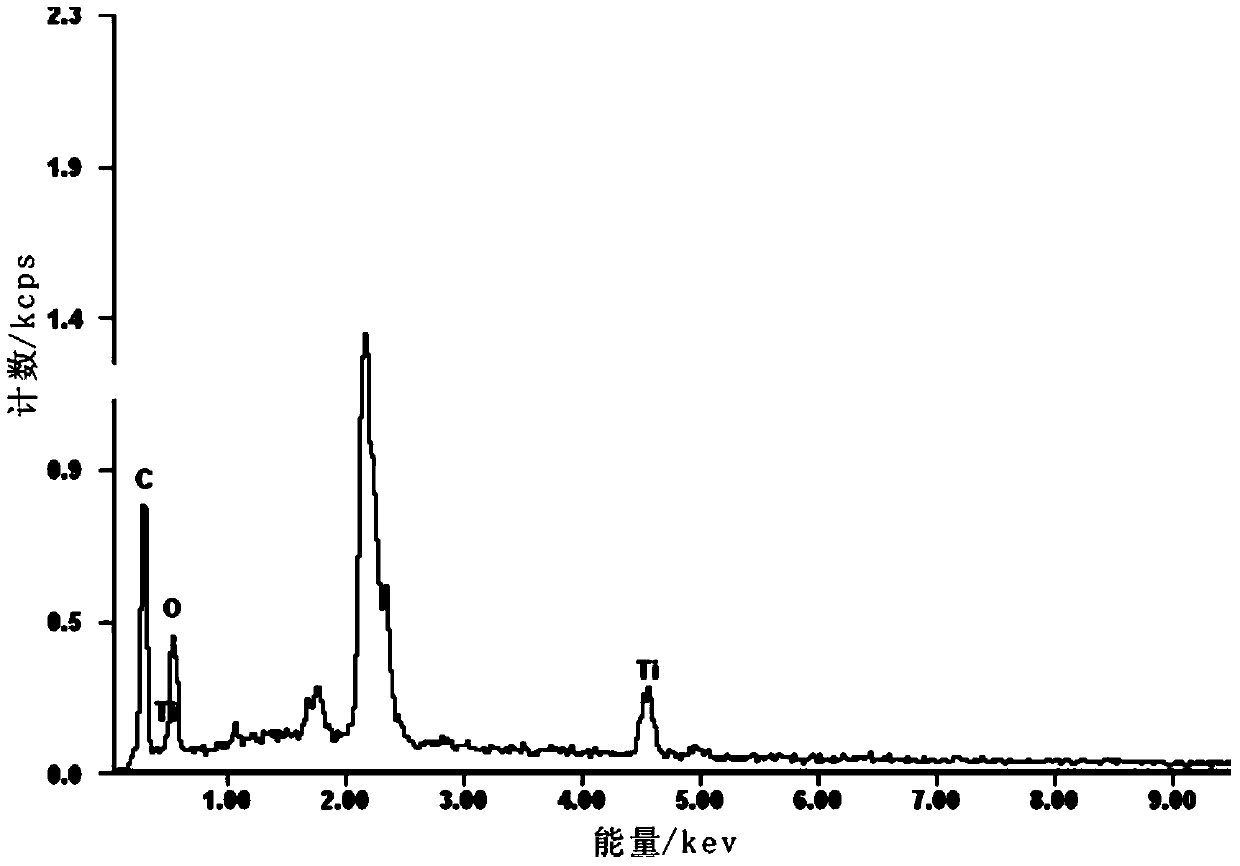Method for assembling polyelectrolyte/inorganic nano-particle multilayer films on surfaces of wood materials layer by layer
A technology of inorganic nanoparticles and wood materials, which is applied in the field of layer-by-layer assembly of polyelectrolyte/inorganic nanoparticle multilayer films on the surface of wood materials, can solve the problems of physical and chemical property damage of wood materials, long treatment period, environmental pollution, etc., and achieves low cost. , energy saving, simple and convenient operation
- Summary
- Abstract
- Description
- Claims
- Application Information
AI Technical Summary
Problems solved by technology
Method used
Image
Examples
specific Embodiment approach 1
[0040] Embodiment 1: The method for assembling the polyelectrolyte / inorganic nanoparticle multilayer film on the surface of the wooden material described in this embodiment is specifically carried out according to the following steps:
[0041] 1. Pretreatment and drying treatment: Clean the wooden material with distilled water or immerse the wooden material in 0.01mol / L~0.1mol / L dilute hydrochloric acid for surface activation treatment, the immersion time is 1min~5min, and then soak the wooden material The material is dried to obtain a woody material with a negatively charged surface;
[0042] The drying is drying at a temperature of 60°C to 105°C or drying in N 2 air drying;
[0043] 2. Preparation of polycation electrolyte film-making solution: dissolve polycation electrolyte in water, adjust pH to 2-9, stir evenly, and then perform ultrasonic degassing to obtain polycation electrolyte film-making solution with a mass fraction of 0.5% to 5%. ;
[0044] 3. Preparation of p...
specific Embodiment approach 2
[0057] Embodiment 2: This embodiment is different from Embodiment 1 in that: the wooden material described in step 1 is wood, bamboo, rattan or wood fiber. Others are the same as in the first embodiment.
specific Embodiment approach 3
[0058] Specific embodiment three: the difference between this embodiment and specific embodiment one or two is that the polycation electrolyte described in step two is polyacrylamine hydrochloride, polyacrylamide or polydimethyldiallyl ammonium chloride. Others are the same as in the first or second embodiment.
PUM
| Property | Measurement | Unit |
|---|---|---|
| Molecular weight | aaaaa | aaaaa |
| Molecular weight | aaaaa | aaaaa |
| Molecular weight | aaaaa | aaaaa |
Abstract
Description
Claims
Application Information
 Login to View More
Login to View More - R&D
- Intellectual Property
- Life Sciences
- Materials
- Tech Scout
- Unparalleled Data Quality
- Higher Quality Content
- 60% Fewer Hallucinations
Browse by: Latest US Patents, China's latest patents, Technical Efficacy Thesaurus, Application Domain, Technology Topic, Popular Technical Reports.
© 2025 PatSnap. All rights reserved.Legal|Privacy policy|Modern Slavery Act Transparency Statement|Sitemap|About US| Contact US: help@patsnap.com



